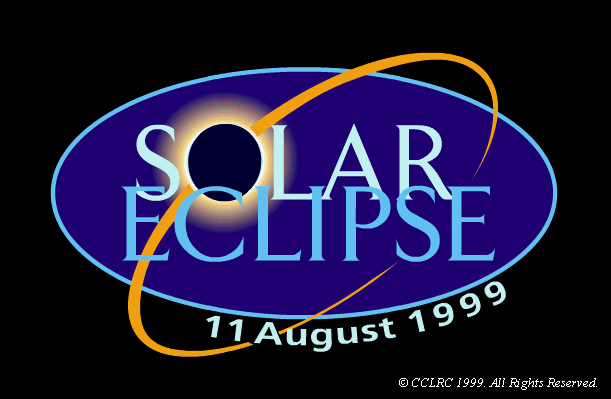
![]()
Models such as ITU-R and the International Reference Ionosphere (IRI) which are commonly used by communications users to determine maximum usage frequencies (MUFs). These rely heavily on factors such as sunspot number and predetermined models of ionospheric absorption and composition. Previous eclipse studies (India 1995) showed that these models grossly underestimated MUF by particularly underestimating the D-layer absorption. If these errors were a consistent feature then it would imply an unnecessary overcrowding of the lower HF bands by users and use of needlessly high transmitter powers. Better use of the actual propagation bandwidth available would reduce the general levels of interference and signal pollution.
A total eclipse of the sun offers a unique opportunity to measure the true values of the D-layer absorption. The sudden loss of solar EUV radiation produces a sudden collapse of the D-layer absorption whilst maintaining a reflecting F-layer. By comparing eclipse to pre-eclipse signal strengths would give a value for the normal D-layer absorption over a range of frequencies.
It is in this area of monitoring short-wave signal strength that schools and particularly amateur radio clubs could be involved given sufficient planning. We intend to organise such an experiment.